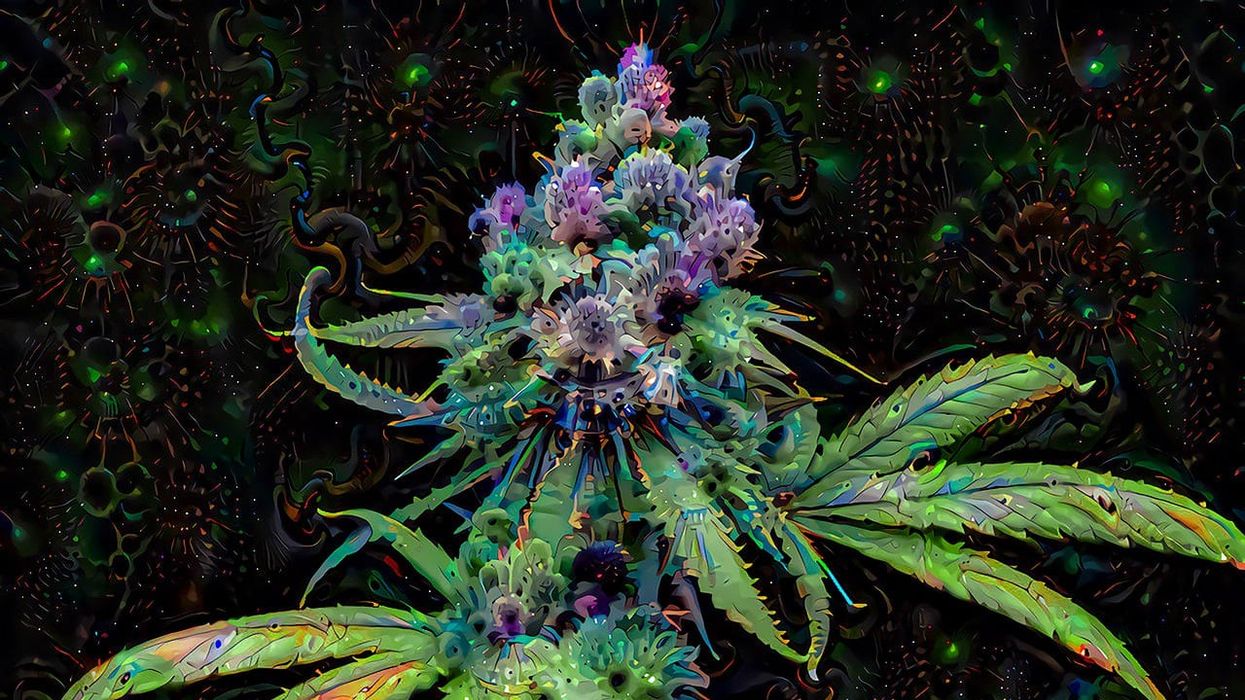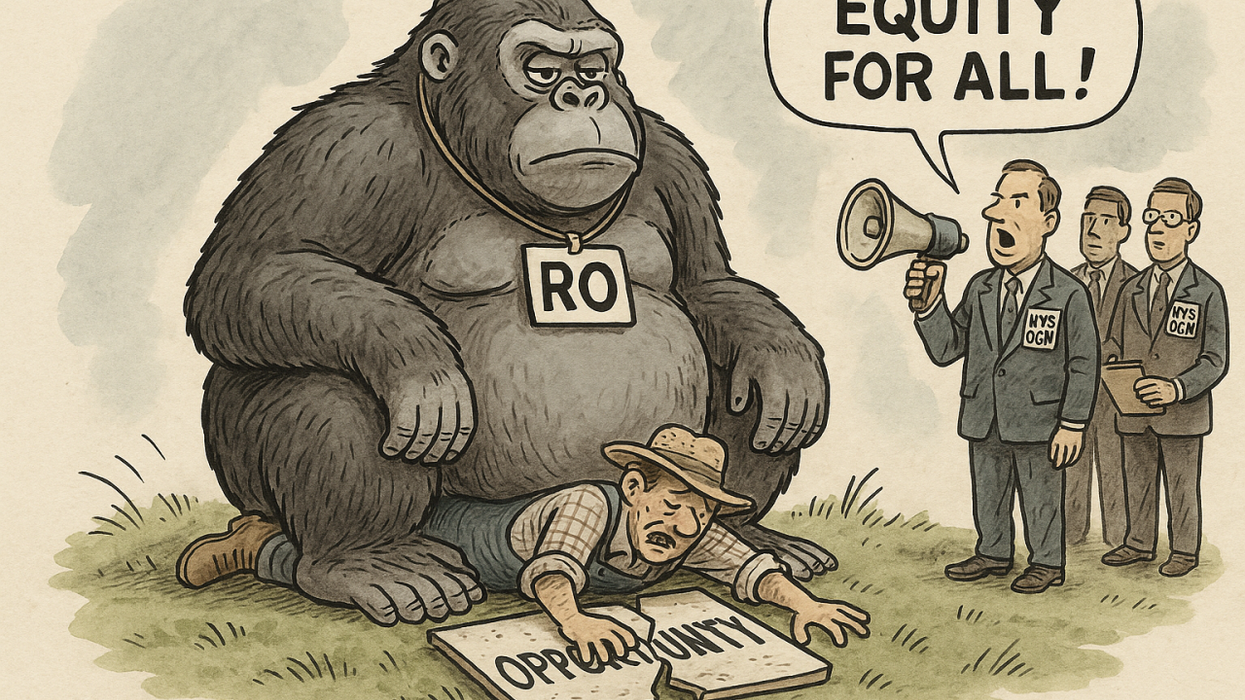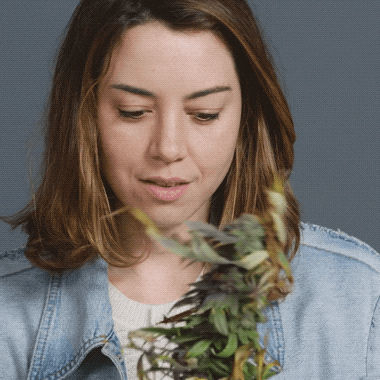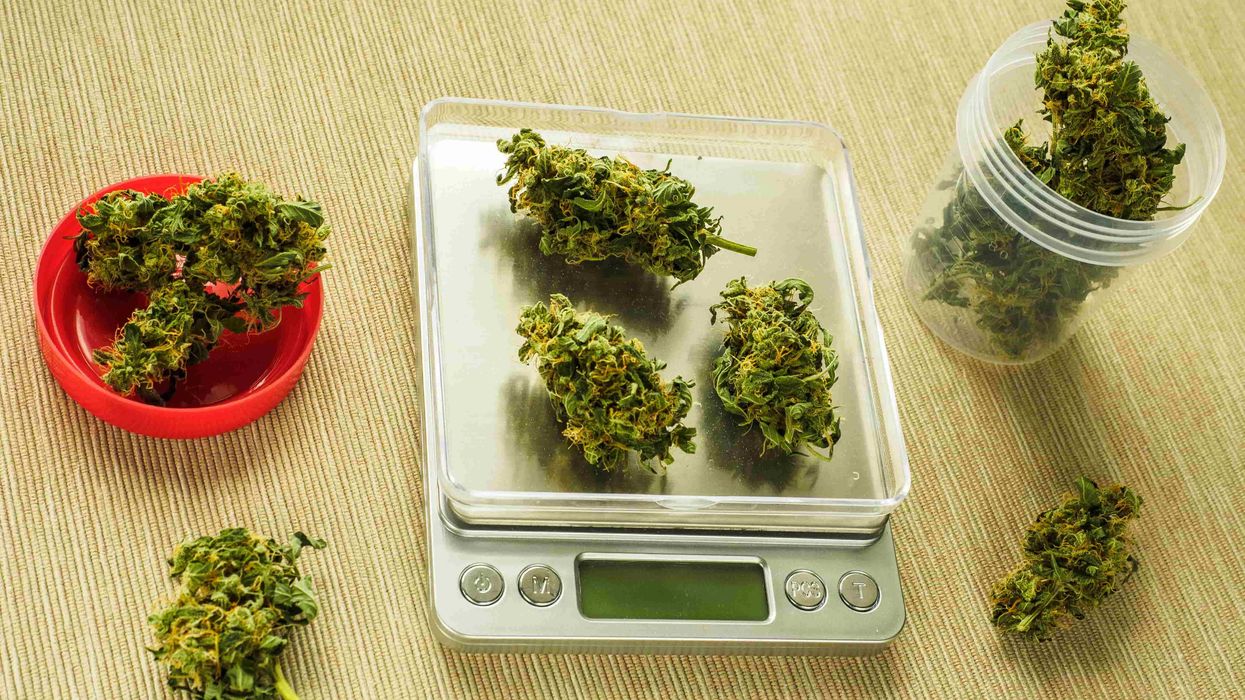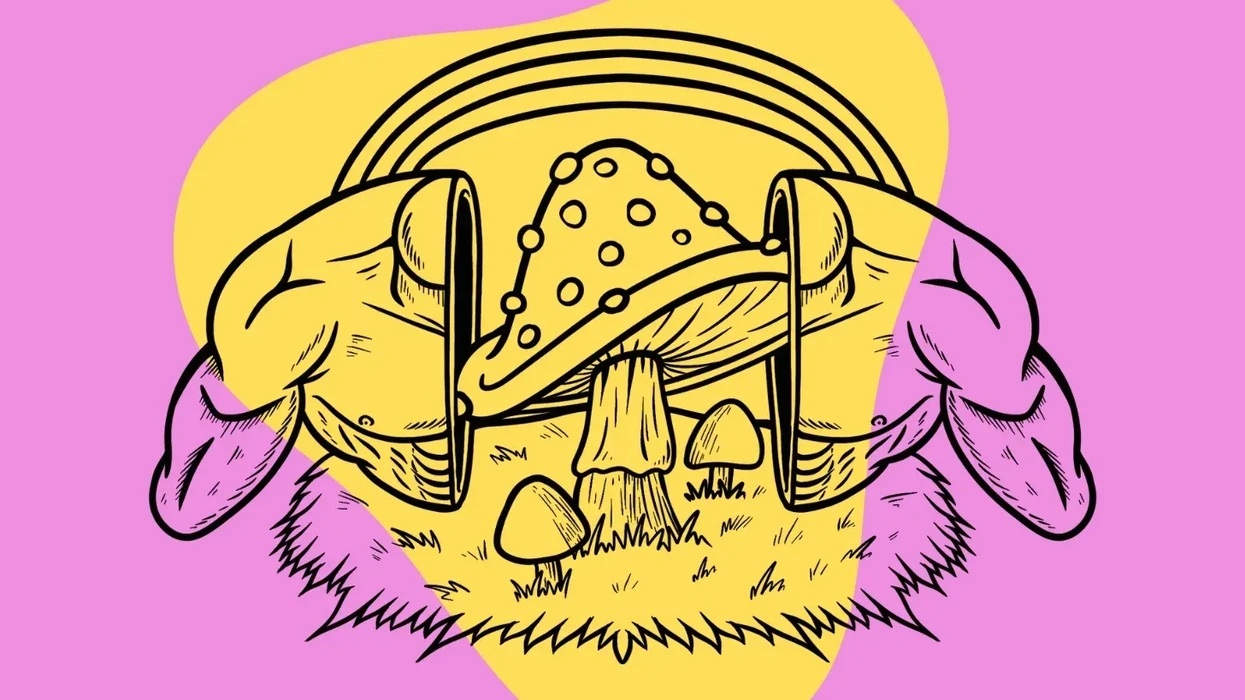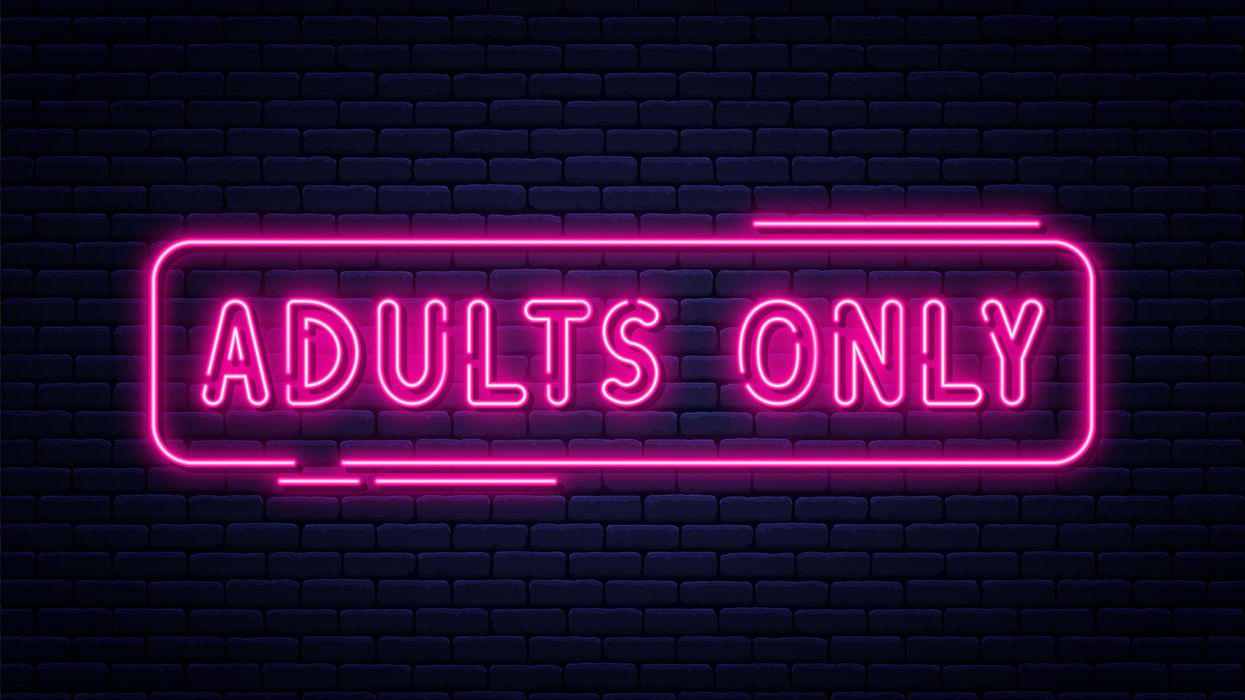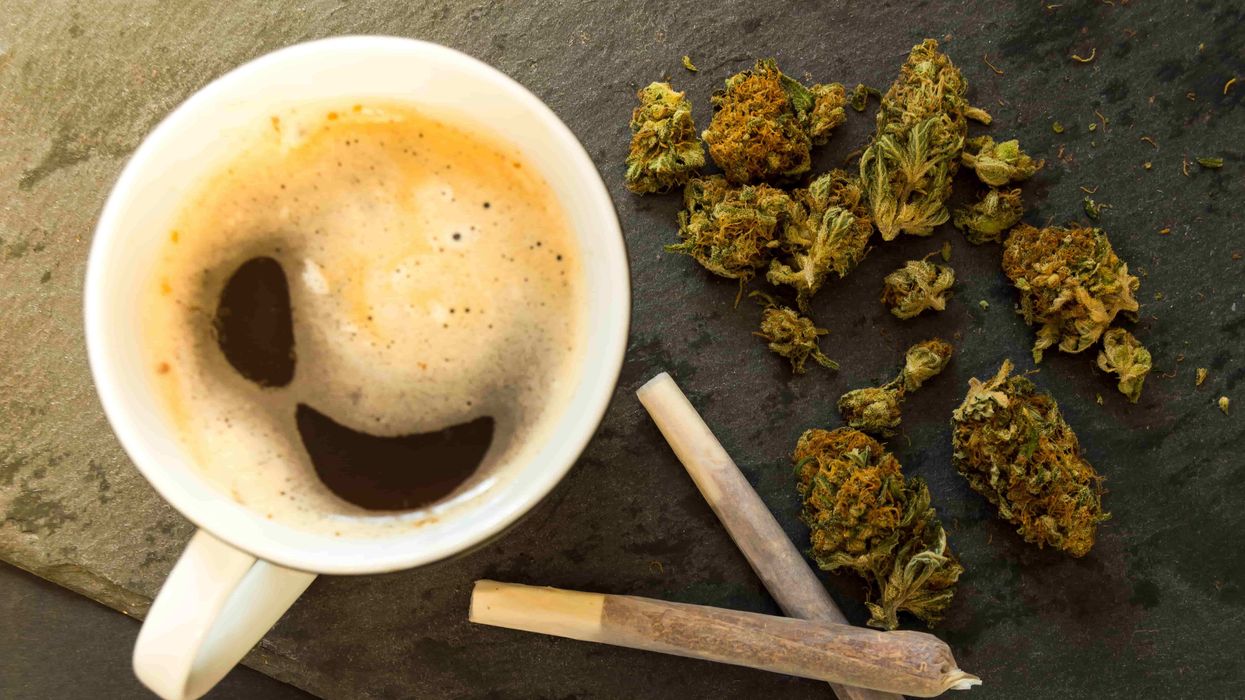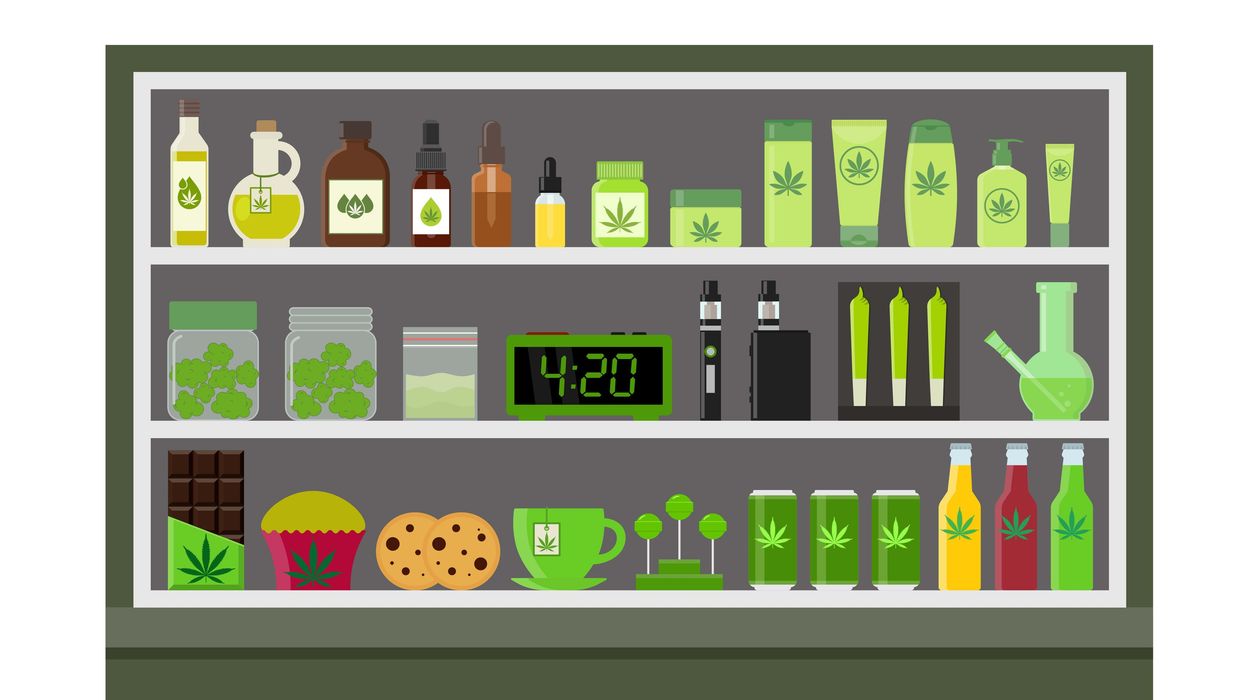Scientists are still discovering more plant-based cannabinoids and endogenous cannabinoids which leaves us to wonder how many more are left undiscovered.
In 2020 alone, scientists discovered over nine novel plant-based cannabinoids, including THCB, CBDB, THCH, CBCH, THCP, CBDP, CBGM, THCM, CBDM, and THCJD.
With the new addition, science is estimating we may have up to 150 cannabinoids in the cannabis plant, which is just the tip of the iceberg.
Although these cannabinoids were isolated in minute quantities from the cannabis plant, research shows they could interact better with receptors and trigger a more pronounced effect on users.
THC-JD, for instance, was estimated to be 19x more intoxicating than delta-9 THC.
What is THC-JD?
THCJD is an acronym for delta-9 tetrahydrocannabioctyl. No need to panic about the long name; just remember it's delta-9 THC with eight carbon atoms attached to its structure. It’s a rare cannabinoid identified in 2020 by some Italian scientists.
Unlike delta-9 THC, which has just five carbon atoms attached to its structure, THCJD boasts of 8 carbon atoms which are speculated to play a key role in its interaction with the CB1 receptors.
THCJD is an emerging cannabinoid, and there is little to no research evidence supporting its existence and possible interaction with receptors. To this end, all we know about THCJD may be myths and speculations.
Choosing the right acronym for delta-9 THCJD was a big challenge since THC-O was already used for THC-acetate. However, it was reported that the scientists had to settle for THCJD with JD signifying their initials.
The origin of this cannabinoid is unknown, even though some researchers believe it may come from indica strains with a strong body sensation accompanied by feelings of happiness and contentment. It may also exist in combination with cannabinoids like delta-8 THC and may play a key role in increasing the desirable effects of indica strains.
How potent is Delta-9 THCJD?
The secret lies in the eight carbon atoms attached to its structure. Note that the longer the carbon chain, the higher its possible interaction with CB1 receptors. This is because they can be broken down into several THC units to interact with the receptors more effectively.
The intoxicating (psychotropic) nature of cannabis and cannabinoids depends on the interaction between THC, its sister molecules (homologs and analogs), and the CB1 receptor. The CB1 receptors are present in the central nervous system, thus, explaining why they can make users intoxicated. This means the higher the THC concentration in the receptors, the more likely you are to get high.
Research shows THCp (a seven-carbon chain cannabinoid) is likely 30 times more active than THC.
Daniel Gana
THC derivatives with higher carbon atoms are broken down into smaller units that can interact seamlessly with the receptors. Scientists have successfully identified THC derivatives containing 1 to 8 carbon atoms. These compounds resemble anandamide, an endocannabinoid that keeps the body and brain in a state of balance or homeostasis.
A minimum of three carbons is necessary to bind to CB1 receptors. The highest activity was recorded in THC with eight carbon atoms (THCJD), thus, supporting its proposed higher activity than delta-9 THC. The activity, however, was found to decrease with nine carbon atoms and above. A group of researchers observed this in 2014.
Although THCJD has the highest number of carbon atoms in its structure, it may not be the most psychoactive plant-based cannabinoid, as research shows THCp (a seven-carbon chain cannabinoid) is likely 30 times more active than THC.
What is THCJD good for?
As one of the most intoxicating cannabinoids, THCJD may offer all the benefits of THC at a lower dosage. These effects may include the following;
- Boost appetite
- Reduce nausea
- Pain relief
- Promote sleep
- Anti-inflammatory properties
- Protect the neurons
- Relaxation
- Produce strong mental and body experience
Are there any side effects?
Of course, there are side effects. You can't expect to have a cannabinoid more active than THC without experiencing some side effects. If you are interested in trying some THCJD products, then you should be ready for the following experience (especially if you struggle with dosing):
- Pronounced hallucinations at high doses.
- Strong mental experience that may last up to 5 hours
- Dry mouth
- Headache
- Nausea
- Visual distortions
- Paranoia
- Elevated heart rate
- Altered sense of time
You are most likely to experience symptoms of greening out. See this article for more information on greening out.
Is THCJD legal?
THCJD is a direct metabolite of THC and may be classified as a schedule 1 substance under the Federal Analog Act (FAA). It is, however, legal if extracted from hemp and does not violate the 0.3 percent threshold set by the 2018 farm bill.
What products are available?
Most information on THCJD comes from marketers and vendors who try to sell the products to the public, making it almost impossible to differentiate if they are only promoting the cannabinoid or trying to sell their products. THCJD products are available as vapes and gummies.
In most cases, these products don't specify the exact concentration of THCJD in their products, thus raising a red flag. Only a few certificates of analysis have been able to detect the presence of THCJD. These cannabinoids are usually among the 1% of rare cannabinoids reported in the certificate of analysis. It’s possible that most THCJD products are produced from the isomerization of other cannabinoids in the laboratory. On this note, you must tread carefully before using the products.
THCJD vs. Delta-9 THC
THC exists in different forms known as analogs and homologs, with delta-9 THC as the group's most popular member. These THC compounds share the same chemical structure but differ in their number of carbon atoms. The higher the number of carbon atoms in their structure, the more likely they interact with CB1 receptors.
For now, all we know is that THCJD is one of the most intoxicating cannabinoids in the industry and is most likely to offer better results than other members of the THC family.
Need a little more Bluntness in your life? Subscribe for our newsletter to stay in the loop.
